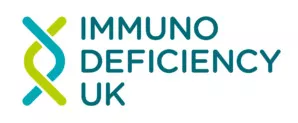Summary
Combined immunodeficiency (CID) is the name given to a group of rare, inherited disorders of the immune system. The major problem in CID is that specialised white blood cells, known as T cells, do not function properly or there are not enough of them. Antibody production is usually also impaired, which is why the term ‘combined’ is used.
T cells are essential for protection against many infections: viruses, bacteria and fungi. They are also important in controlling inflammation and preventing cancer. If T cells are completely missing then severe CID (SCID) results, producing a characteristic pattern of illness in babies.
Different types of CID are named based on the particular protein or gene that is affected or sometimes the doctor(s) who first described it. Some of the better-known types include Wiskott-Aldrich syndrome, DOCK8 deficiency and recombination-activating gene (RAG) deficiency.
The information describes some of the common clinical features of CID in children.
Not all patients are affected in the same way and sometimes the diagnosis is not made until adulthood. Treatment is now available that can reduce the risk of serious infection, manage autoimmunity or overgrowth of white blood cells and, in some cases, cure the disorder.
Continuing developments and improvements are transforming the lives of children with CID. Better diagnostic techniques and genetic technology, better treatments and better medications enable many children with CID to live healthy lives pending curative therapy, such as stem cell transplant. It is likely that new treatments, such as gene therapy, will continue to develop and become applicable to more types of CID.





